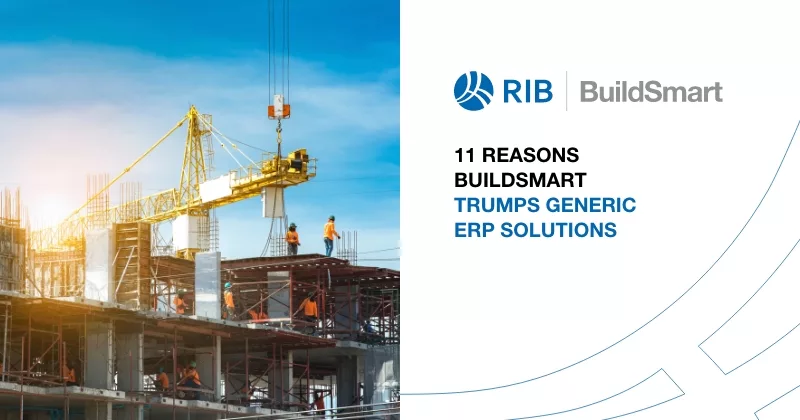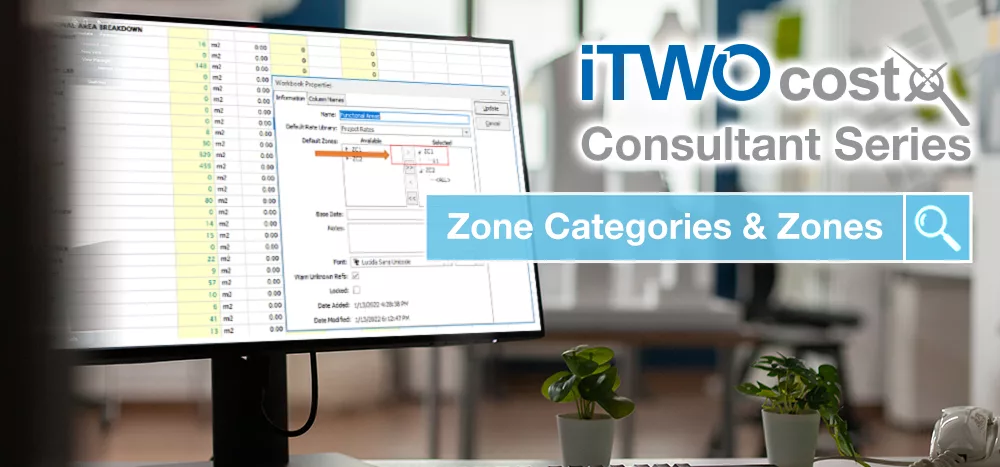24 mins read
How Much Does Construction Management Software Cost: 5 Elements To Consider To Ensure Your ROI

A critical element to consider when selecting which Construction Software to use in your business is how much is it going to cost. This is not just to look at the upfront costs but what it will cost you on an ongoing basis. So, in reality, how much does construction management software cost?
All too often, particularly if the decision-making process does not involve the key stakeholders who will feel its benefit (or the opposite if poorly chosen), the selection can be based foolishly on price alone without fully understanding its true cost and real ROI.
When looking at the true cost, you should consider the following:
- Existing Hardware and Services
- Software fees and charges
- Embedding
- Upgrades, maintenance and admin
- Product training and ongoing support
Existing Hardware and Services
Will you need to make additional purchases or enhancements to your existing infrastructure to implement the software? Possible requirements might include a server if it is to be locally operated or increased internet bandwidth if accessing the software as ‘a service’. A common requirement might be the requirements to upgrade the individual hardware for employees such as PC’s and laptops.
These aspects should be very straightforward to assess and your potential vendors will be able to clearly outline and define the system and operational requirements for you.
Software Fees and Charges
The pricing models on offer from the market vary wildly and will have particular pros and cons for you to consider.
- License fee (per user): This is most commonly used where a business will be using software to be locally downloaded. These license fees are typically annually renewed and are popular due to the explicit defined cost. Adding employees and the additional cost can be viewed as a downside in increasing costs but conversely can be argued that the business is only paying for exactly what they need and are able to adapt to growth with ease
- Membership or subscription fees: Where the software is accessed online as a service rather than downloaded locally. These are usually purchased via a period subscription (monthly or annually) and can be charged by the number of users although can be capped at a maximum total cost. Some providers also offer levels of access to include a range of features from the basic suite to all feature and benefits.
- Once off Payments (purchasing the product outright): This is where the software is downloaded and stored locally. This can often be preferred by teams who want to ensure their data integrity by hosting within their own server environment. However, it is important to ensure that, with this route, you have a form of maintenance that allows you to update the software frequently to allow for system enhancements and patches.
Embedding
Although generally considered to be ‘re-inventing an incredibly complex
wheel’, some businesses will be considering custom or bespoke software. This will invariably involve design costs and design change costs before even considering the cost of installation.
Don’t overlook the impact and associated cost of configuration and testing which is essential to ensure a smooth transition (construction software will need to reflect and enhance your existing systems and workflows not work against them or create log jams and hang ups).
Ensure your chosen software provider is well versed in handling this embedding stage as a poorly executed implementation can impact productivity within your teams.
Upgrades maintenance and admin
The market leading providers of construction software provide outstanding maintenance and support. There are many questions to iron out before signing on the dotted line so make sure you have identified all ongoing support contracts and whether they are included in your software subscription or licensing fees. Few (if any) modern construction companies will have the employees on staff to be able to provide their own maintenance and support which could potentially hinder or even destroy the efficiencies and ROI that your software was intended to deliver.
Product Training and Ongoing Support
Your software is only going to be as effective as the users will make it (how many companies do you know that have great CRM systems that employees simply don’t use. Although modern construction software has considerable autonomous functions, your staff will need to be trained to use it.
What degree and depth of training does your software partner offer and what is included in your license or subscription fee? What testimonials and customer feedback can they share to demonstrate the effectiveness of this training and what user manuals do they provide. Remember to check what ongoing training is available for new employees and users and will future training be possible to be delivered by existing users or will the software provider need to return and deliver.
Summary
Any business owner who has implemented changes and enhancements will know that the considerations are extensive. There will be local and business specific elements to look into that are particular to your own set-up but, having a plan and using the guidelines above will steer you in the right direction.
Above all else, don’t be afraid to ask any and all questions that come to mind when reviewing the choices on offer. The best construction software providers will be expecting and have fielded them all and may well have embedded changes and enhancements to their product offering to cater for your concerns, on top of those already raised by the world’s leading construction businesses.
What are “The Top 9 Benefits of Construction Software“?
Most Recent
24 mins read
14 mins read
15 mins read
25 mins read

E-BOOK











